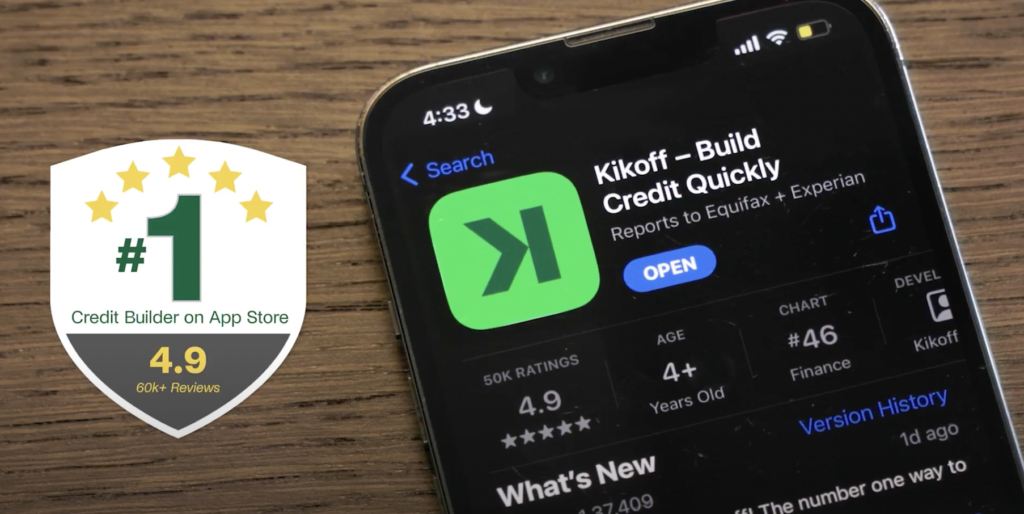In the last 5 years, the price of a gallon of gas has spiked as much as 30%, dollar slices in New York City actually run you $1.50, and average rent in the United States has gone up by hundreds. Whether it's small stuff like fast food or important things like transportation and housing costs like rent, people usually use one, two, or both of the following buzzwords: inflation vs. cost of living. We want to help you level up your financial expertise, so if you want to know the difference, the cost of living vs inflation, let us help you out.
- What does inflation measure?
- What goes into inflation?
- What about the cost of living?
- What's happening now?
- What does that mean for you and your finances?
What does inflation measure?
Inflation is a tool economists use to see how prices change over time for the same product.
Here's an example: If a gallon of whole milk costs $3.50 in 2023, and $4.00 at the end of 2024, then that would mean $0.50 of inflation over the 2023 price.
On the other hand, if oat milk gets put on the shelves of the same grocery store where you get regular milk in the same period, and it costs $5.00, that is a different enough product that you would not be able to say the higher price was part of inflation.
Lately, we've only been hearing about rising prices, but if the average price of a product goes down, we could call that "deflation."
What goes into inflation?
You might also hear about rising prices or inflation when it comes to average prices across the whole country or economy. That "average inflation" comes from numbers put out by the Bureau of Labor Statistics.
The Bureau of Labor Statistics puts out a monthly inflation report that focuses on a couple key factors:
- The Consumer Price Index: how prices change for the goods and services people need or buy most often. The Consumer Price Index (CPI) is like a pulse check on the average American consumer.
- Core Inflation: how prices change for the goods and services people need or buy most often – minus food and energy prices.
One other way to think about inflation is that your money doesn't buy you as much of the same things as it used to. In other words, you have less "purchasing power."
What about the cost of living?
While inflation affects your cost of living, the cost of living itself is a different thing that can affect your daily life.
The cost of living = the money you need to pay your basic bills like rent, groceries, and healthcare, in a specific place (eg, a city or town).
Cost of living changes from place to place, since goods and services also change price. There are higher costs for rent in Los Angeles than in Des Moines for example. There may be higher prices for groceries from one place to another if they take longer to transport.
If a place has a high cost of living according to cost of living measures, you'd need higher wages to live there. Many companies will pay different salaries for the same job depending on where you work or make the cost of living adjustments to your salary depending on price increases and inflation rates. Your cost of living can be a reason to demand higher wages.
What's happening now?
According to the latest report from the Bureau of Labor Statistics, the consumer price index has increased 3.4 points, meaning that inflation slowed to 3.4%. As you may have guessed, that means your purchasing power is weaker, but 3.4% is still better than the 19% inflation increase from 2020-2024.
Auto insurance costs are the highest they've been in almost 50 years
The national average cost of insuring a vehicle increased by over 22% in April.
The Labor Statistics Bureau also found that most goods and services like gas, maintenance, tolls, and parking, also increased.
Housing market woes continue but are letting up
Even though inflation rates and rent increases are slowing down according to the Bureau of Labor Statistics, inflation affects the housing market anyway.
Inflation rates drive up rent, meaning renters (including many urban consumers in big cities) are forced to limit their discretionary spending since more of their paychecks are going to rent.
Hopefully, inflation will keep slowing down and getting closer to the 2% goal the US Federal Reserve Bank set.
What does that mean for you and your finances?
Inflation and cost of living are separate things that come together to have a big impact on your life.
Whether inflation increases, you move to a new city with a higher cost of living, or you just want to take control of your personal finances, you need to build good habits that you can feel comfortable with.
Keep these overall personal finance strategies in mind:
- Set a Budget: Create a monthly budget to track your income and expenses. The 50, 30, 20s Budget Rule is one place to start. With this rule, you set aside 50% for Needs (food, housing, transportation, taxes), 30% for Wants (discretionary spending), and 20% for Savings and Paying Off Debt.
- Start an Emergency Fund: Pad your savings account as much as you can to cover unexpected expenses so you don't need to rely on credit for emergencies.
- Monitor Your Credit: Check your credit report often and monitor your credit score to see where you can improve.
Whatever your long-term goals are, Kikoff provides fair, effective, and simple tools that empower you to meet your financial goals.

















